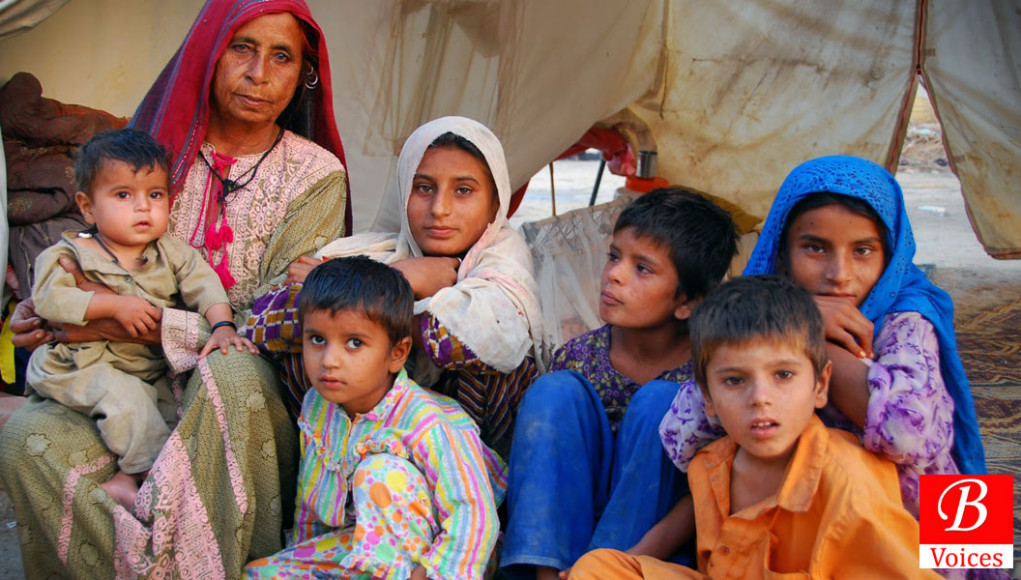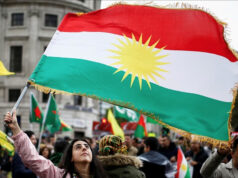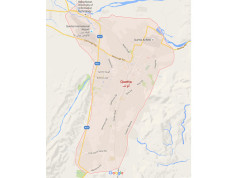 Ume Kulsoom Qayyum
Ume Kulsoom Qayyum
It was the New Year night; I hadn’t planned a lot for it, but ended up attending the celebrations happening near my home. Fireworks, music, happiness! I could see happy faces everywhere, yet, my eyes stopped at one of the faces; a relatively younger one, but not very happy, apparently.
I’ve always been a strong believer of my observation skills for I believe I can hear what’s not said.
So I began reading the kid’s face, his gestures, and I came up to the conclusion that he is a living dead body. He lacked the sense of liveliness. So this raised a question in my head; “What makes us alive?”
“Our dreams, passions.” (A voice from within me answered)
I was so absorbed in this thought, and wanted to talk to the boy, not for sympathy, but to test my observation. But before I could act on my plan, a robust woman dressed in clothes all gay, walking in her glittery high heels, stood beside the boy. Her heels so high that she had forgotten “the essence of the earth.”
Her lip colour so dark that apparently one couldn’t find the slightest bit of “the brightness of humanity” in her recollection. And her values… her values so low that she screamed at the boy, “why are you sitting here? I told you not to sit beside us. You are our servant. You’re not allowed to sit. Now carry these bags and stand in the parking.”
“I’m sss…” the boy started stuttering in anxiety. He knew I was listening to them, and maybe… just maybe he too was a human to feel bad being insulted publicly for a deed so petty that he might have even started questioning his existence as a human. Just Maybe?
But he accumulated the courage to speak, as if this was his fate, and as if it was meant to be this way.
“I’m sorry ma’am. I’m going to the parking. But it’s too cold there. May I please sit inside the car?”
“Don’t you dare say a second sentence before me. If you make a mistake that means you have to bear the punishment.”
And the boy lowered his gaze and walked away.
I sighed deeply.
And the scene put me into a number of questions.
Why do parents send their kids to work? Don’t they love them?
Why does child labour even exist when most of us are educated enough, the same “educated enough” lot that goes to SOS villages, Eidhi Centres, and other such NGOs to spend their Eids and birthdays, wearing clothes that are ironed by their child servants?
Is the government the only culprit?
Is child harassment at work forcing them into juvenile crime?
My curiosity put me into work, and I thought to go with the “digits” was the best option to relieve my questioning brain.
The statistics say that Sixty three percent of our population are less than 25 years, 53% individuals are below 19 years of age and 35% of our population are between 15 to 24 years of age. The country’s literacy rate declined from 60 percent to 58 percent, revealed the Economic Survey of Pakistan (2016-2017).
The survey further noted that overall Net Enrolment Rate (NER) at the primary level for the age group at both national & provincial levels 2015-16 was recorded at 54 percent as compared to 57 percent in 2013-14, showing a decline of 3 percent.
NER indicates that amongst the provinces, only Sindh remained stable with 48 percent while Punjab and Khyber Pakhtunkhwa declined from 64 percent to 59 percent and 54 percent to 53 percent. Balochistan has witnessed a significant decline from 39 percent in 2013-14 to 33 percent in 2015-16. The overall Gross Enrolment Rate at the Primary level for the age group at national/provincial levels 2015-16 was recorded at 87 percent as compared to 90 percent in 2013-14 showing a decline of 3 percent.
The data shows that literacy remains much higher in urban areas (74 percent) than in rural areas (49 percent) with male (81 percent) and female (68 percent) in urban areas. Province wise data suggests that Punjab and Sindh leads with 62 percent and 55 percent respectively followed by Khyber Pakhtunkhwa with 53 percent and Balochistan with 41 percent. Which shows that ages 15–24 had a literacy rate of 72%. And a recent survey shows that 12.5 million children in Pakistan are found to work. And sadly, since 1995, the ratio of juvenile crime in Pakistan have increased by more than 30 percent regarding drug abuse and alcohol consumption. However, as of December 2014, there were 1,456 children in Pakistan’s jails. Only 733 of these had been convicted and the remaining 623 children were still under trial.
But sadly enough, the statistics put me into a greater question. “Is child labour the only problem to be addressed by the government?”
The statistics clearly reveal that child labour could only be stopped if child poverty, uneducated children and over population is dealt with firstly. Not only providing free education at primary level but making education compulsory, and practicing the penalty of the people found guilty of putting children to work or crime in terms of imprisonment and or fine, Is the solution that can save this country from falling Into the “moth-eaten Pakistan” category.
But why should I bother? A child is the only economical option I have… if I’m a housewife, I’d hire a child servant to save money for the latest lawn editions or maybe save money to send my children to better schools, and put someone’s child to work, because he’s not my child, after all.
Perhaps being a poor man’s child, deprives him of the fact that he still is just a “child”, no matter whose…
But why should I even bother?
The Writer is a student of MBBS at Bolan Medical College (BMC), Quetta. She hails from Loralai, Balochistan and passionate about blogging.
Disclaimer: Views expressed in this article are those of the author and Balochistan Voices not necessarily agrees with them.
Share your comments!








